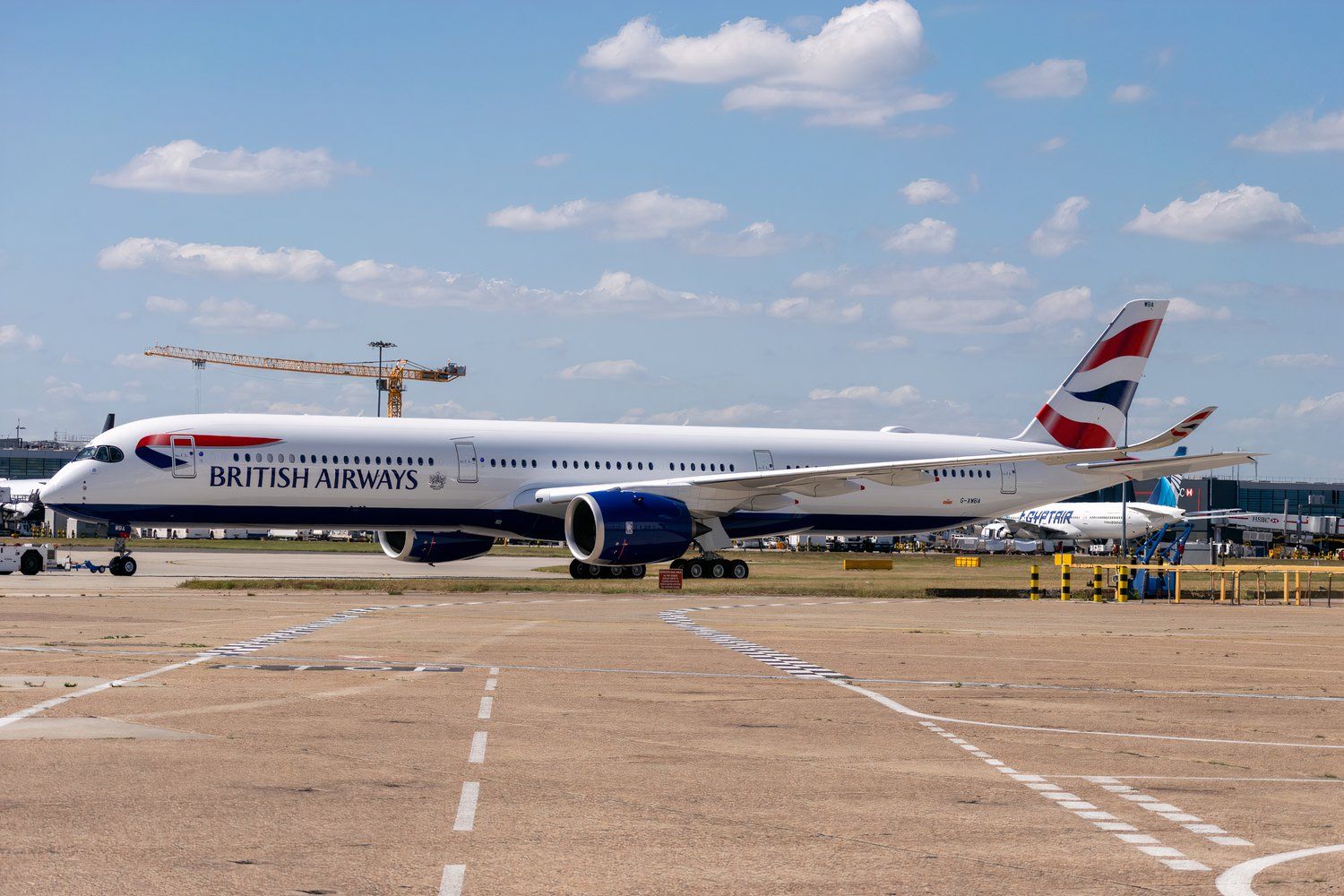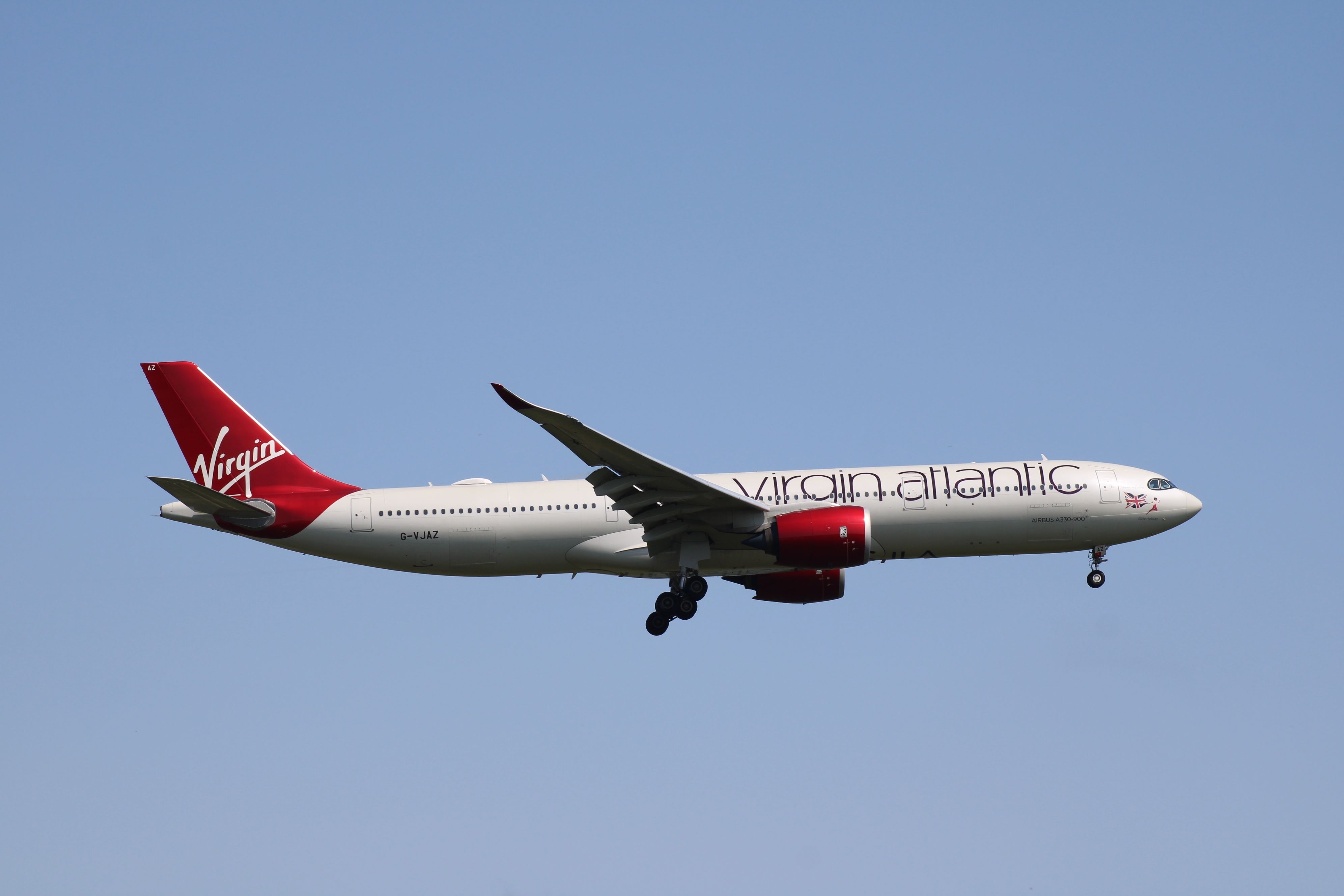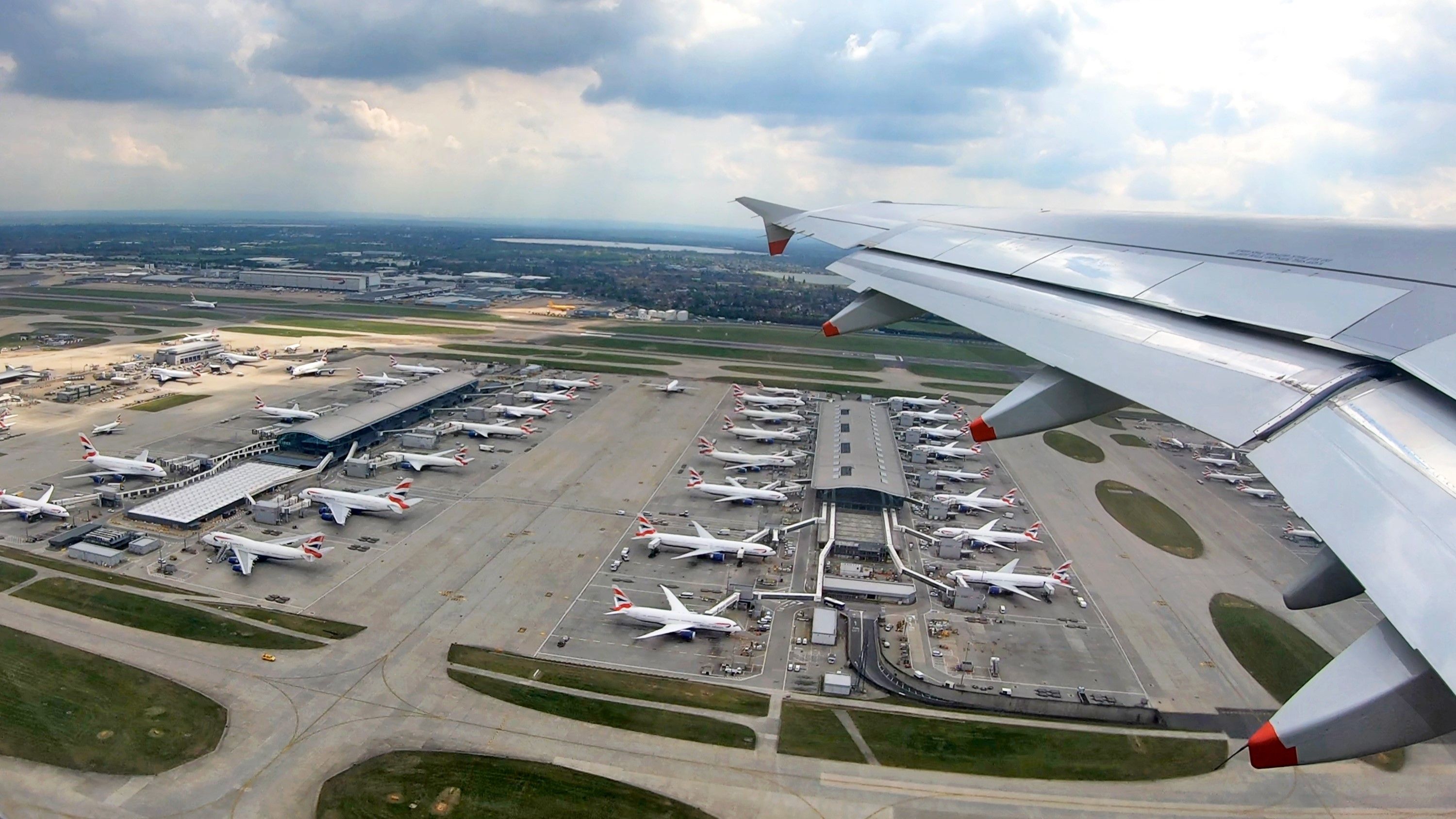The United Kingdom Civil Aviation Administration (CAA) has launched its consultation process to enhance the country’s Aviation Environmental Review (AER), which the regulator has been publishing since the UK left the European Union (EU).
According to the CAA, the EU Aviation Safety Agency (EASA) previously handled these reports on behalf of all Member States, which included the UK before Brexit.
Shaping the report reviewing the UK’s environmental performance
In a statement on October 1, the UK CAA said that it has launched its calls for new proposals that would improve its environmental reporting capabilities in the future.
The regulator has put plans forward with the goal to shape the future of the AER. The UK CAA noted that the report was a tool that assessed and provided an objective overview of the environmental performance of the country’s aviation industry.
Photo: Tom Boon | Simple Flying
The existing report already plays a crucial role by pointing out and measuring the industry’s environmental performance and providing recommendations to improve it, added the regulator.
Using the report, the UK government, industry, and other stakeholders could make positive changes related to their environmental policies.
Making the UK a global leader
Harry Armstrong, the head of sustainability of the CAA, said that while demand for air travel has continued to grow, the need to fly more sustainably has never been more urgent.
“Our goal is to make the UK a global leader in aviation sustainability by providing robust, transparent data that can inform policy and drive progress.”
Armstrong added that the consultation would help the CAA’s ability to measure and report the country’s aviation industry’s environmental performance, which should ensure that the regulator would be taking the proper steps to improve aviation’s environmental impact.
Photo: The Global Guy | Shutterstock
As a result, the CAA consultation was a critical step toward the roadmap that will outline the AER’s future and ensure that it remains the key tool to push the industry to improve its environmental performance.
The consultation will cover the CAA’s existing approach, the future presentation of the industry’s environmental impact, and any potential additional reporting topics in the AER.
First AER
The CAA published its first AER on December 29, 2023, saying that the regulator had a duty to publish an environmental report every three years, noting that previously, it was the role of the EASA.
As a result, the first environmental report provided an objective account of the state of the UK’s civil aviation’s environmental protection.
Photo: Jane Rix | Shutterstock
The CAA provided 14 recommendations in its 2023 report, which included recommendations to further conduct research about the environmental impact of new technologies, for the central government and other states within the UK to collaborate to ensure that the UK’s environmental policy commitments are realized, and noise, air quality, and climate change-related recommendations.
Rob Bishton, the chief executive officer (CEO) of the CAA, said in his foreword that while aviation was an important part of society, like all fossil-fuel-powered transport, the industry has adverse impacts on the environment.
“The UK’s aviation industry, along with its global partners, is making good progress in developing the necessary technologies to create a more sustainable industry, from advancements in alternative fuels to airspace modernisation.”
However, Bishton stated that in order to achieve climate-related goals, the industry had to understand the situation it found itself in today.
“Our first review focuses on environmental impacts in relation to noise, local air quality, and climate change.”
Bishton concluded by admitting that while there was a lot to do, the CAA was committed to working with all stakeholders to minimize aviation’s environmental impact and the safe introduction of necessary technology.




